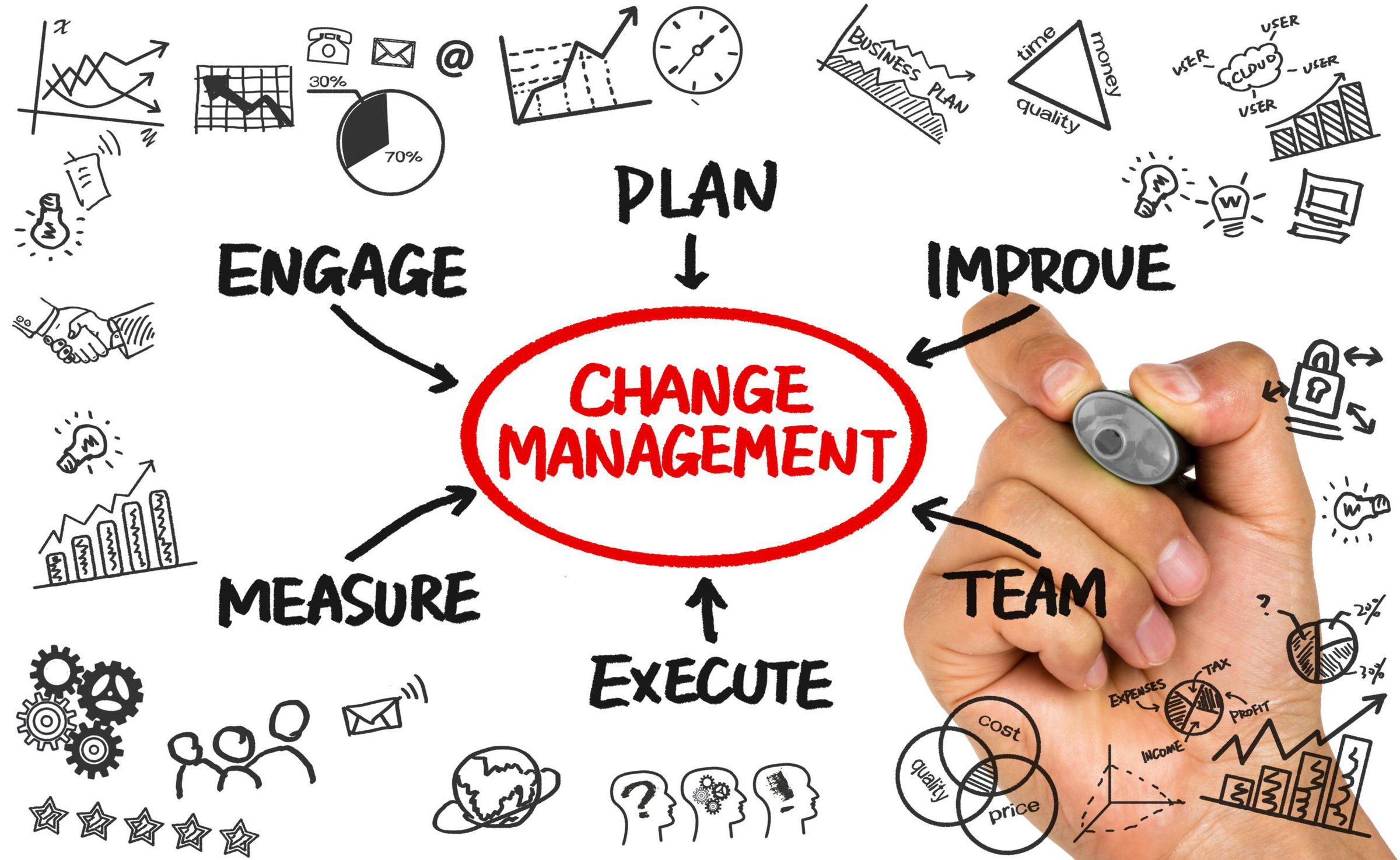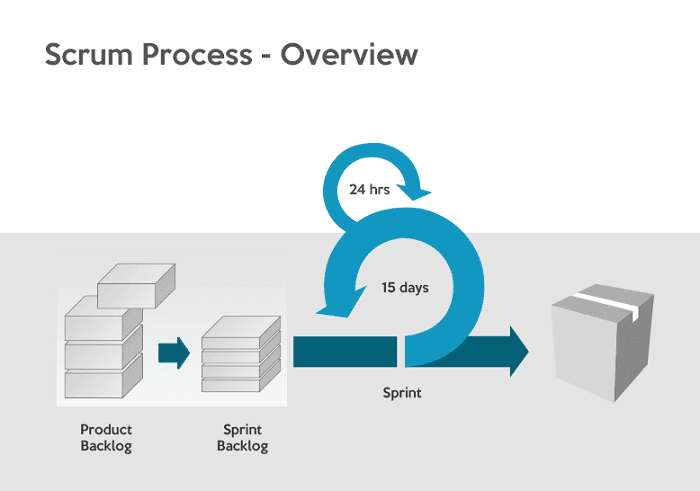Artificial intelligence (AI) is not simply a matter of technology; it is a cultural, operational, and strategic transition within an organisation. It involves replacing the old order with fresh systems, workflows, and behaviours that are part of evolving AI implementation. Therefore, organisations must adopt effective change management practices to facilitate the successful implementation of the hybrid model.
Organisational change management is necessary to ensure people accept AI, have their goals synchronised to reflect the application of AI’s potential and utilise the tools optimally. It will outline practical approaches toward change management to help organisations facilitate an easy transition towards AI while setting the stage for long-term success.
Understanding the Role of Change Management in AI
AI organisational change is not only a change of technical systems but encompasses creating a new organisational culture that considers AI as its basis. Employees may not accept change initially because it threatens their income-bearing positions, or they may feel uncomfortable with new technologies and processes. This is the role played by change management that aims at preventing organisational obstacles by averting them and dealing with resistance.
Implementing AI successfully involves:
- Changing organisational culture in adopting technology for its use
- Creating artificial intelligence competencies amongst staff members through the sharing of AI learning courses
- Integrating artificial intelligence’s vision into the business strategy for better value in the community
Key Change Management Strategies for AI Implementation
Now, let’s understand some of the key change management strategies for AI implementation:
1. Establish a Clear Vision and Communication Strategy
Establishing goals and objectives is the primary way to initiate AI change management. A high level of AI understanding amongst key stakeholders must be achieved in an organisation. It also prevents expectations from running high to ensure that everyone involved remains in check, attached to less uncertainty and more trust.
Pro Tip: Get seasoned staff members to hold town hall meetings or newsletters where issues of AI implementation and its effects are discussed, along with getting feedback from employees.
2. Develop a Strong Leadership Team
Effective leadership plays a pivotal role in managing change. Creating an AI steering committee or cross-functional team provides someone to ensure that the company stays on track and a focal point for guidance. Managers must be advocates of change, showing how AI makes sense for the organisation’s greater good.
A leadership team focused on change management strategies can:
- Encourage and motivate employees to adapt to new technological inventions
- Insist on standards by which its performance affects productivity towards improvement
- Ensure that both technical and non-technical employees feel the same level of comfort
3. Invest in Employee Training and Development
AI implementation brings new skills and competencies into an organisation. Providing employees with lessons on AI learning enables them to know the technology better, including how to address and work with it efficiently. Skills enhancement programmes also manage the fear of obsolescence, helping support operational AI enhancements.
Consider these training strategies:
- In-house AI workshops: Train employees on how to use tools powered by artificial intelligence.
- Online AI courses: Promote upskilling amongst employees across leading courses such as the Executive Programme in AI for Business offered by IIM Lucknow and Imarticus Learning.
- Mentorship programmes: Human resource managers should assign employees to work with their efficient IT counterparts.
4. Adopt a Phased Implementation Approach
Implementing AI incrementally rather than all at once reduces resistance and allows employees to adapt gradually. Phased rollouts also provide the opportunity to troubleshoot challenges and measure progress effectively.
The phased approach typically involves:
- Pilot Programme: Introduce AI in specific departments to test feasibility.
- Evaluation Phase: Gather feedback and assess performance against goals.
- Full Rollout: Expand AI implementation across the organisation based on lessons learned.
5. Foster a Collaborative Culture
AI adoption is most effective when employees across departments collaborate. Integrating AI into collaborative tools encourages teamwork and knowledge-sharing. A shared understanding of AI processes leads to smoother adoption and fewer bottlenecks.
Additionally, creating forums where employees can voice concerns helps foster a sense of involvement and reduces resistance to change.
6. Monitor Progress and Adapt Strategies
Change management doesn’t end with AI deployment. Continuous monitoring and evaluation are essential to identifying roadblocks and optimising AI use. Use performance metrics to measure the effectiveness of AI implementation and adjust strategies accordingly.
Key metrics to track include:
- Employee adoption rates
- Productivity and efficiency improvements
- Customer satisfaction metrics post-implementation
Overcoming Common Challenges in AI Change Management
Finally, let’s look at some quick tips to overcome common challenges in AI change management:
- Resistance from Employees: Involve all the employees as early as possible by putting their fear into writing. This is evidenced by their provision of AI learning courses, which show that the technology is not a replacement for them but an assistant.
- Lack of Alignment: To secure board-level engagement with AI, the goals must be aligned with organisational objectives to guarantee that all AI activity delivers tangible value.
- Data and Privacy Concerns: Ensure the transparency of specific guidelines for managing organisational data to develop confidence between personnel and consumers.
- Underestimated Training Needs: Ongoing training is vital to keeping the AI system’s brakes active. Train your employees often so that they are familiar with new additions to the AI features.
Conclusion
Strategies in managing change form the main basis of the effective implementation of artificial intelligence. From communication and directive roles to small implementation steps and training, management has to act comprehensively to master organisational change properly with AI.
By opening access to AI learning courses and supporting collaborative efforts in this area, you can ensure your workforce is ready to accept this change confidently. Only by following all the strategies listed above can firms maximise the possibilities offered by AI and become more competitive.
If you want to enhance your organisation’s AI expertise, consider enrolling in the Executive Programme in AI for Business. With a focus on practical AI strategies and real-world applications, this course equips business leaders with the tools they need to succeed in the AI-driven future.







